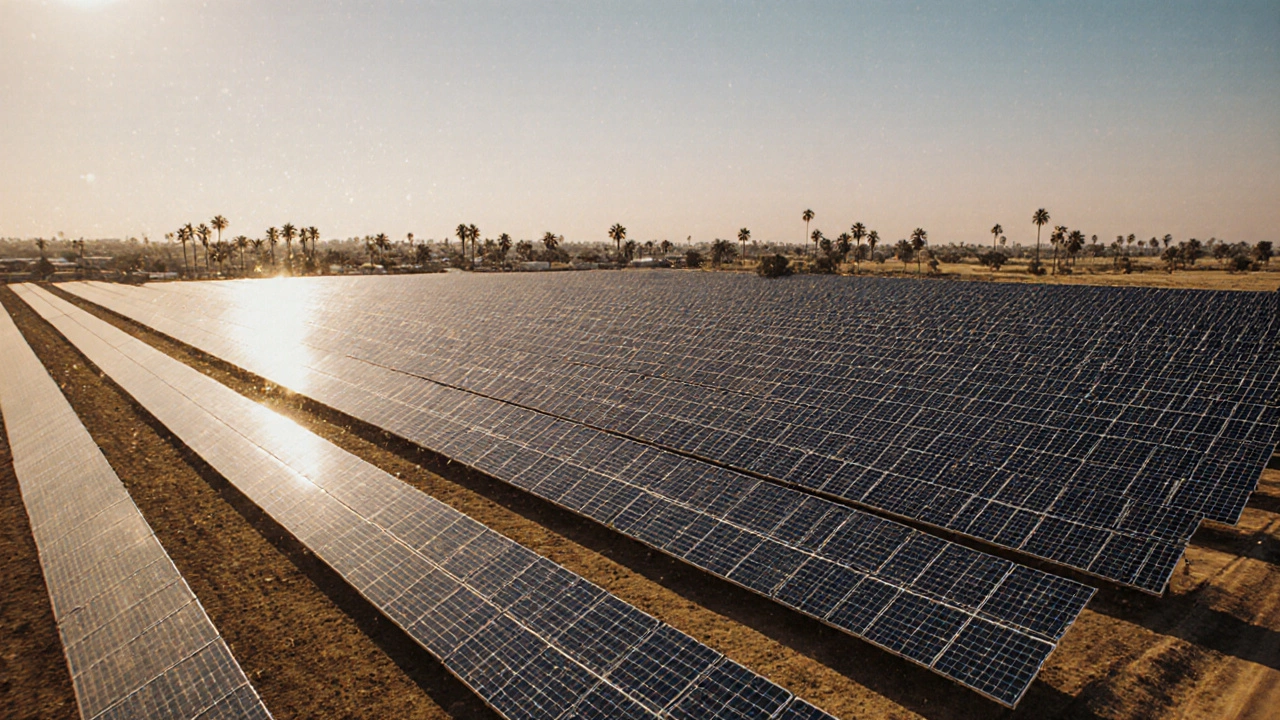Renewable Energy Trends in India: What’s Changing and Why It Matters
When we talk about renewable energy trends, the shifting patterns in how India generates power using sun, wind, and other natural sources that don’t run out. Also known as clean energy, it’s no longer a future dream—it’s the present reality driving down bills, creating jobs, and cutting pollution across the country. In 2025, solar and wind power cost less per unit than coal or gas in most parts of India. That’s not a guess—it’s what the numbers show. People aren’t switching because it’s trendy. They’re switching because it saves money, works reliably, and doesn’t poison the air.
Behind every solar panel on a rooftop or wind turbine in Rajasthan is a chain of real changes: better battery storage, smarter grids, local manufacturing, and policies that actually work. solar power, energy generated from sunlight using photovoltaic panels or mirrors. Also known as photovoltaic energy, it’s now the most common new power source added to India’s grid each year. wind energy, electricity produced by wind turning large turbines, often in open fields or offshore. Also known as wind power, it’s the cleanest form of energy when you measure emissions, land use, and long-term impact. These aren’t just technologies—they’re tools reshaping how villages get electricity, how factories cut costs, and how farmers earn extra income by leasing land for turbines.
What’s driving this? Not just government targets. It’s farmers installing solar pumps, small businesses switching to solar for 24/7 power, and cities using AI to balance supply and demand. The cleanest energy isn’t always the fanciest—it’s the one that works where it’s needed, without waiting for big infrastructure. And in India, that’s often small, local, and fast to install.
You’ll find real stories here—not hype. How solar is beating diesel in rural clinics. Why wind farms in Tamil Nadu are cheaper than coal plants. What’s holding back green hydrogen from scaling. What salaries look like for people working in this space. And why some tech transfers fail even when the science is perfect.
This collection isn’t about theory. It’s about what’s working right now, who’s making it happen, and how you can understand the changes without getting lost in jargon. Whether you’re curious about your electricity bill, thinking of a career in clean energy, or just tired of blackouts—what follows is your clear, no-fluff guide to what’s really happening with renewable energy in India today.




